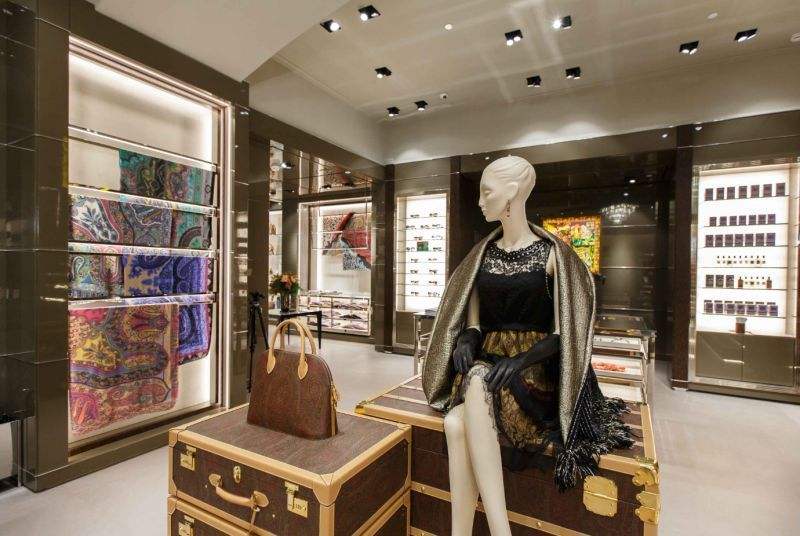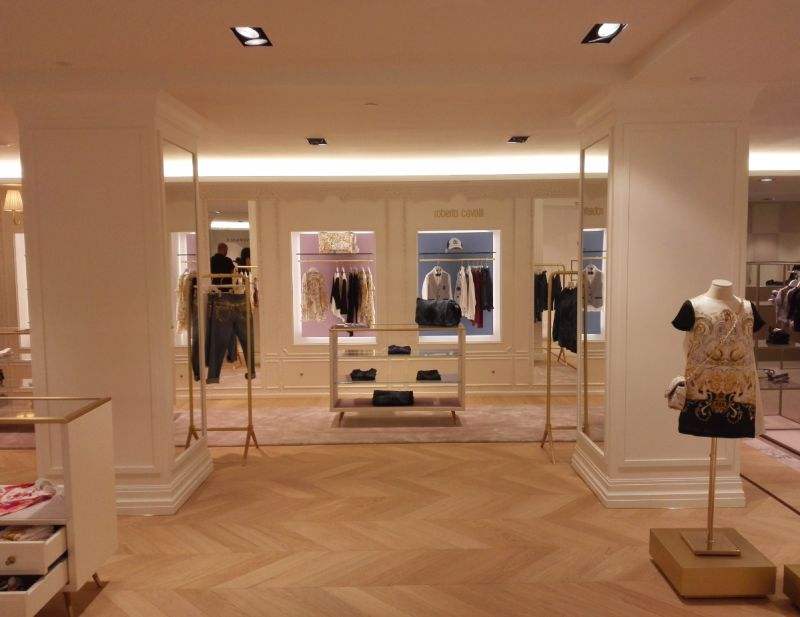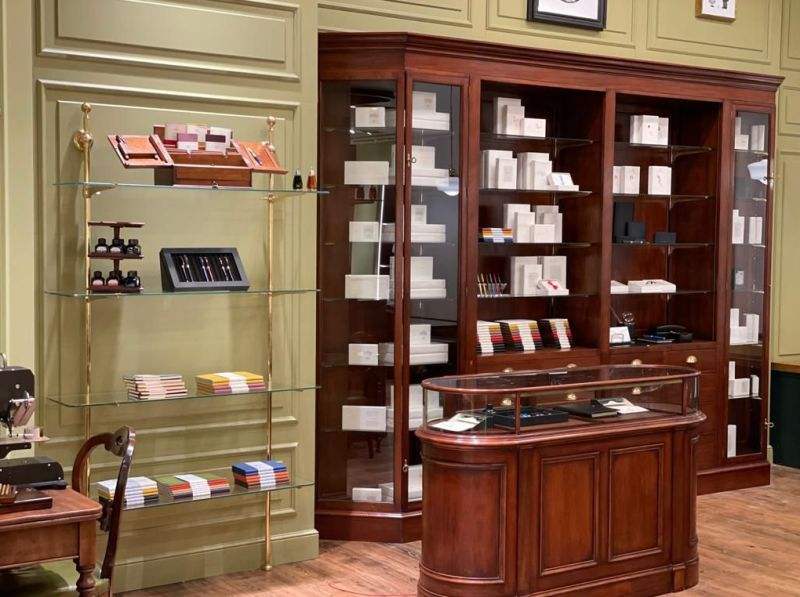Shopfitting: everything you need to know to choose

Once the contract furnishing project has been defined and the customised furniture and accessories commissioned, the time comes for the actual shopfitting, the last stage before final acceptance and opening.
In practice, during the shop fitting phase, the shop is given shape and the ideas of the client and the insights of the general contractor are realised. In this part of the project, the work is carried out in a special way by the Interior Contractor and the partners he has selected, each of whom is responsible for the installation and fine-tuning of the various components of the shop fittings.
The importance of fittings in shopfitting
The shopfitting phase is crucial to the success of a contract furnishing project. It is during the fitting-out phase that the shop comes to life and the ideas that have been worked on for weeks or months become concrete.
As the shop fills with furniture, displays, decorations and accessories, the Interior Contractor supervises the work of the various figures involved and checks that everything is running smoothly. In addition to checking that there are no problems during installation, it is also the Interior Contractor’s job to check that the style of the shop is consistent with the customer’s requirements and that the measurements and distances indicated in the design are respected.
The shop-fitting phase not only involves the installation of the furniture, decorations and subsequently the arrangement of any merchandise for sale, but also includes the construction of the masonry and cladding necessary for the realisation of the store.
Depending on how the space is subdivided and organised, it may be necessary to erect partition walls, create a fitting room area, provide storage space and an area reserved for shop staff.
When choosing the furniture to be used for shopfitting, it is essential to take into account what type of shop it is. In a boutique or jewellery shop, comfortable shop display tables should be provided, on which customers interested in making a purchase can display their merchandise. In clothing shops with a more contemporary style and a younger clientele, shop racks can be used, on which clothes and accessories can be placed. The first solution, fixed and more classic, is optimal when one wants to convey care and attention, while the second, mobile and flexible, is good for young contexts, where one wants to put the design of the products on sale centre stage.

Shopfitting and the transition from the idea to a modern and functional point of sale
Creating a functional and welcoming environment is the ultimate goal of a contract shopfitting project. Whether it is a jeweller’s, a boutique or a tailor’s atelier makes no difference: what is really relevant is to create an ambience that welcomes customers and enhances the products on display.
To succeed in this, it is necessary to focus on fine furnishings that create a comfortable environment and convey the right emotions in the public. When designing and planning the furnishings for a contract shop, the functionality of furniture, complements and accessories must naturally not be forgotten. Thinking about how the furniture is to be used and putting oneself in the shoes of the staff and customers is of great help in finding the best furnishing solutions.
When it comes to the actual shop fitting, what were hitherto ideas and plans on paper start to become concrete. Between laying, installing and testing, the interior contractor has to make sure that everything goes according to plan and that delivery times and customer specifications are met.

What figures are involved in setting up a shop?
Shopfitting is a process that can take weeks or even months. The duration of this phase of the work, one of the last in the contract fitting project, depends on what kind of work has to be completed and which and how many figures are involved.
In addition to the General Contractor or Interior Contractor, there will be the people in charge of masonry work, the carpenters who will take care of the delivery and installation of the furniture, the personnel in charge of installing the curtains and decorations, etc. Within the shop, the professionals at work may be different and, in some cases, activities are completed simultaneously with other shops.
Entrusting the contract furniture project to an experienced company simplifies this important phase of the work and avoids chaos or slowdowns. When trained and competent personnel follow the shop fitting, you can be sure that everything is done to perfection and that the shop will only be handed over to the client when every detail is in place.
Devi arredare casa o un singolo ambiente?
Scegli una falegnameria di alto livello. Contattaci
Il Piccolo, falegnameria a conduzione familiare di seconda generazione, apre il proprio showroom a Lugano. Con oltre 50 anni di esperienza, Il Piccolo porta con sé un bagaglio di conoscenze tecniche e progettuali di assoluto livello, grazie ai numerosi interni progettati e arredati in tutto il mondo. Inoltre, Il Piccolo rappresenta i brand più prestigiosi dell’arredamento mondiale.
Il Piccolo progetta, produce e vende il meglio dell’interior design made in Italy, seguendo il cliente dalla progettazione fino alla realizzazione, consegna e posa del lavoro, integrando il processo con un servizio di assistenza preciso e professionale. CONTATTACI



